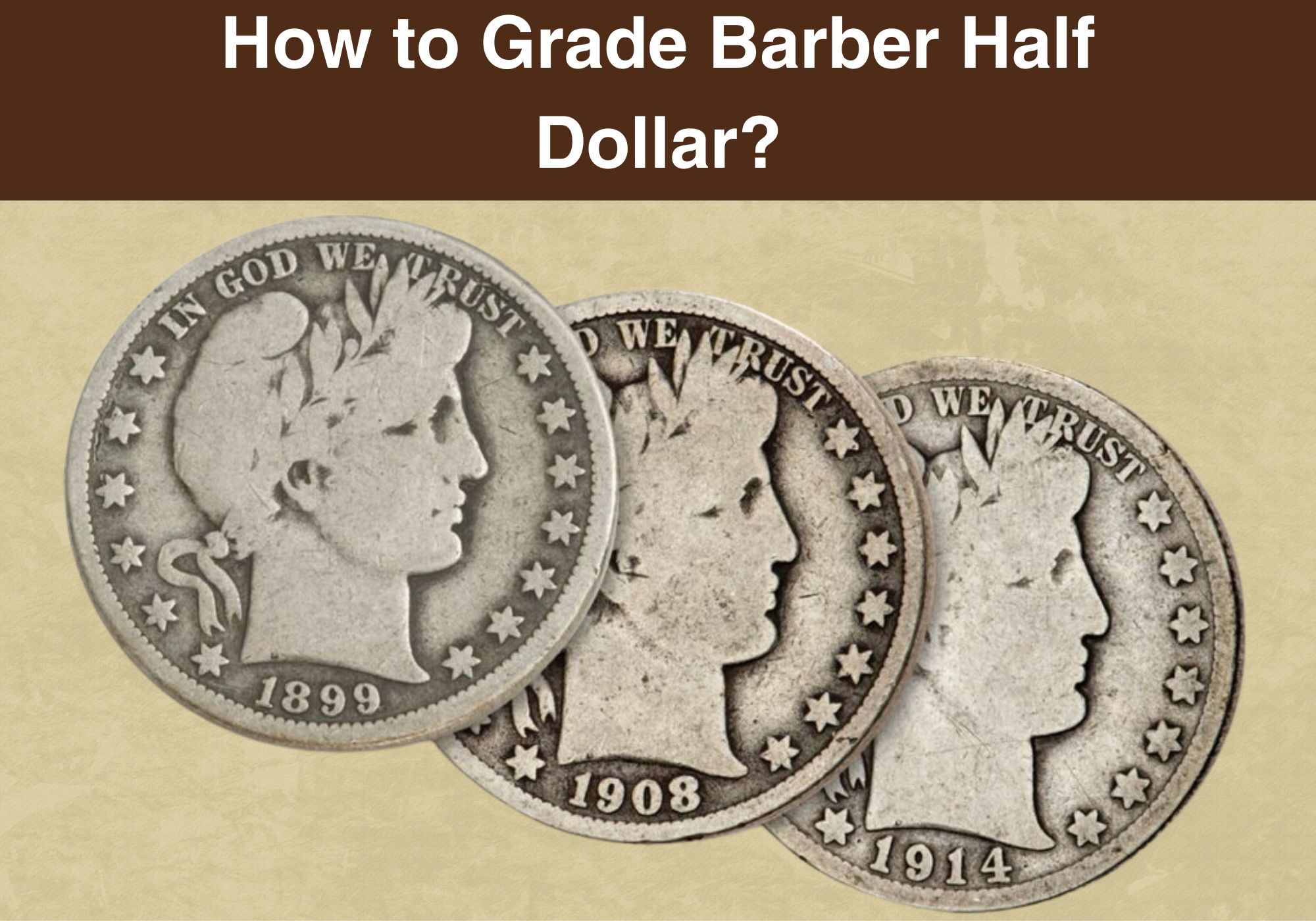
Coin Value Contents Table
The US Mint started minting Barber half-dollars in 1892 and reached a total mintage of 135,898,329 pieces by 1915. With such a circulation and an age of 110 to 130 years, these coins are potentially valuable.
The only way to evaluate these coins is to check their condition. Although it is best to hire professional appraisers for this process, knowing how to grade Barber Half Dollars on your own is always helpful.
Grading Standards
Coins from circulation show various signs of wear and damage over time, affecting their rank. Dr. William H. Sheldon was the first to make their grading uniform by introducing a standard system.
Nowadays, there are several systems for evaluating coins, but appraisers generally use the Sheldon grading scale modified in the 1970s. The grades on this scale start with 1, being the worst grade, and go up to 70, representing perfectly preserved specimens. Six factors determine each coin’s rating:
- Strike quality
- The mint mark presence
- Preservation levels
- Luster
- Color
- Attractiveness
Understanding Grades for Barber Half Dollar
The Barber half-dollars were unique among older US Mint coinage since they appeared without key dates. Four different mints produced them from the first issue in 1892 to the last one in 1915:
- Philadelphia
- San Francisco
- New Orleans
- Denver from
Two mints (Philadelphia and San Francisco) produced Barber half-dollars during the entire minting period. Even though the production lasted from 1892 to 1915, only the Philadelphia mint issued them continuously.
The mint in New Orleans issued them from 1892 to 1909, while the one in Denver participated in the production from 1906 to 1915.
Specimens from New Orleans showed particular weak points, including the arrow quills, the eagle’s left claw holding them, and the eagle’s wings immediately next to the shield. Besides, half-dollars minted in the same mint in 1906, 1907, and 1908 show a swelling-like irregularity on Liberty’s neck.
Barber half-dollar |
|
| Face value | Fifty cents ($0.50) |
| Compound | Silver-copper alloy |
| Coin weight | 0.44 ounces (12.5 g) |
| Coin silver weight | 0.36 troy ounces (11.25 g) |
| Coin diameter | 1.2 inches (30.6 mm) |
| Coin thickness | 0.07 inches (1.8 mm) |
It is crucial to pay attention to different attitudes regarding the toning value when evaluating these coins. It has changed over the years, and you can find many cleaned specimens with visible scratches and lack of luster resulting from more or less successful maintenance.
The US Mint revised the main hubs used for half-dollar minting in 1901. Consequential subtle differences in design led to easier and faster wear of the letters in LIBERTY, making relying on only this word’s appearance unreliable.
How to Grade Barber Half Dollar?
The Barber half-dollars’ age makes their accurate grading essential. Collectors prefer relying on the services of professional appraisers, but you can use the Sheldon scale to estimate your specimen yourself roughly.
1. About Good (AG)
Coins graded this way show numerous signs of wear and tear, making them unpopular among collectors. Most avoid adding such pieces to their collections, including beginners.
Obverse
You can see the outline of Liberty’s head, but the rest of the coin features are barely visible. The ring of stars almost merges with the rim, and the arms towards it are nearly invisible. The minting date is partially worn but legible.
Reverse
In this case, the figure of an eagle is visible, while most of the relief details are almost unrecognizable. The denomination and inscriptions are illegible, while the mint mark is fairly recognizable.
2. Good (G, G4, G6)
These half-dollars’ appearance shows heavy wear and tear, and most of the main details are almost unrecognizable. On the other hand, the coin’s rim is complete.
Obverse
You can make out only the outline of the Lady Liberty portrait on the coin obverse without appealing details. However, her ear, eye, and a pair of wreath leaves on her head are visible.
The word LIBERTY is worn out beyond recognition, but you can see a flattened ribbon and a knot. The coin rim is poorly defined with worn out but present mint date, inscriptions, and ring of thirteen stars.
Reverse
The eagle is visible on the reverse side only as an outline. It is possible to recognize partial vertical lines on the shield, but horizontal ones are entirely missing. The tips of the eagle’s wings are noticeable and separated from the letters of the inscription written along the coin edge.
3. Very Good (VG, VG8, VG10)
Coins with this grade show clear signs of wear, but you can also see some preserved details.
Obverse
Liberty’s head shows poorly recognizable details, and you can see that most of the facial details are worn out. In this grade, three letters in the word LIBERTY must be visible. The coin rim is complete, while the minting date and all inscriptions are legible.
Reverse
You can see only a few details on the eagle, including a part of the eye. Most of the design on the shield is barely noticeable, and the arrows and leaves of the olive branches are flat. Inscriptions struck along the rim are clear, and you can even recognize the motto indication on the ribbon.
4. Fine (F, F12, F15)
Coins graded this way have enough design details to make them collectibles. Despite signs of wear and tear, most of the design is recognizable, except for the finer details.
Obverse
The primary feature of this grade is that all the letters in the word LIBERTY are visible but with faded E and R. You can see details like the Liberty’s hairlocks, her jawline, and the top row of laurel leaves in the wreath. All inscriptions are legible.
Reverse
Although most of the eagle’s wing feathers are visible, you can find it harder to see the details on its head, neck, wingtips, and tail. You can quickly distinguish the vertical lines on the shield, while it is impossible with the horizontal ones. The inscription E PLURIBUS UNUM on the ribbon in the eagle’s beak is almost fully legible.
5. Very Fine (VF, VF20, VF25, VF30, VF35)
A coin of this grade shows light wear on the surfaces on both sides, but the main features of the design are clearly expressed.
Obverse
The letters in the word LIBERTY are evenly visible. Besides, Lady Liberty’s figure features more details, including pronounced folds on her cap, hair strands, and laurel leaves.
Reverse
There are noticeable signs of wear on the shield, although most components are visible. Likewise, you can see numerous details on the eagle’s tail and wing feathers. All inscriptions are easy to read, and the saying on the band is perfectly recognizable.
6. Extra Fine (EF40, EF45)
Despite signs of wear, these coins have retained defined details. You can even see the original mint luster in protected areas. Specimens graded in this way are often popular among collectors.
Obverse
The primary feature that defines this grade is the distinct visibility of all the letters in the LIBERTY. The band edges are complete, except for noticeable wear on its lower part under the letters E and R. You can notice the details on leaves with traces of wear at their ends. The cap on Liberty’s head shows small, flattened areas.
Reverse
The eagle design is defined with signs of wear on the tips of the wing and tail feathers. You can see the separated horizontal lines on the shield and clearly distinguished arrows.
7. About Uncirculated (AU50, AU55, AU58)
Such graded half-dollars show only slight signs of wear on high relief points. These coins are attractive, thanks to partially preserved original luster.
Obverse
Apart from the incomplete mint luster, there are also slight signs of wear on the most prominent design parts. That especially applies to Liberty’s hair, the top of her head, and her cheeks. Besides, you should pay attention to the hair’s highest points below the word LIBERTY.
Reverse
Although all the design details are defined, there are traces of wear on the expressed points. They include the tips of the eagle’s wings and the feathers on its tail. Both horizontal and vertical stripes are easily visible on the shield.
8. Mint State (from MS60 to MS70)
Uncirculated coins are of the highest quality and have the original gloss. Unfortunately, it is impossible to find Barber halves in the highest possible grades.
Mint 63 grade – The original mint luster is incomplete, and you can see numerous minor contact marks and several significant traces on the coin surface. Such pieces are attractive despite their imperfections.
Mint 65 grade – These specimens show a high original luster, while the minting year and mint mark are clearly defined. They can have a few minor contact marks and light scratches on the surface, particularly on the relief high points.
Mint 67 grade – The primary advantages of these coins are their original shine plus beautiful and expressive design parts. A few almost insignificant flaws, like contact marks and one or two scratches, don’t detract from these specimens’ attractiveness.
Summary
Grading Barber half-dollars is not an exact science, and collectors sometimes disagree about the details. Since the coin condition is the primary starting point of this process, the opinion of professional evaluators is always decisive.

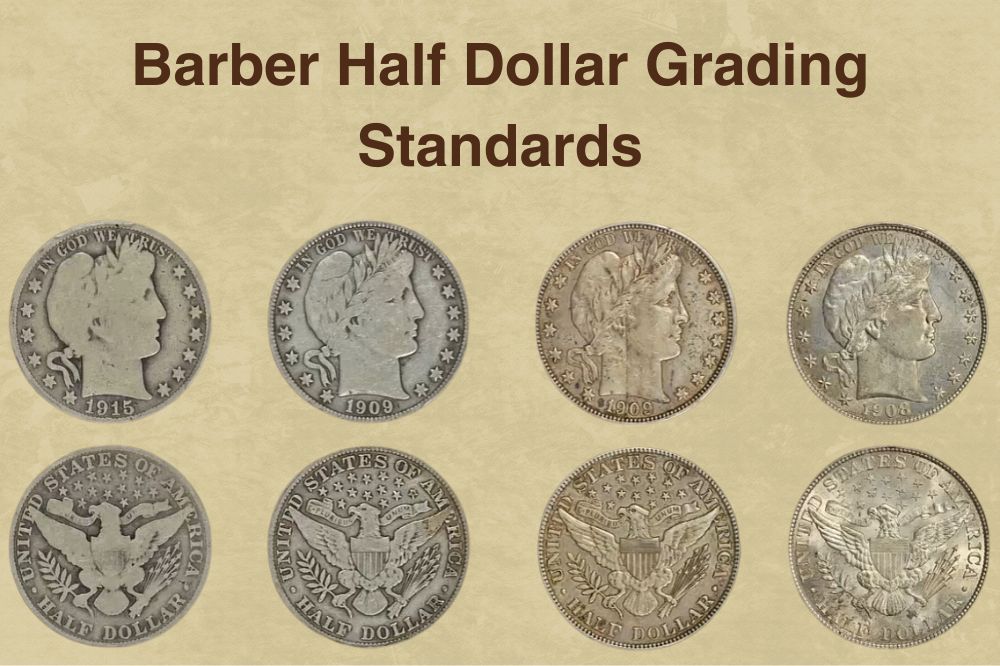
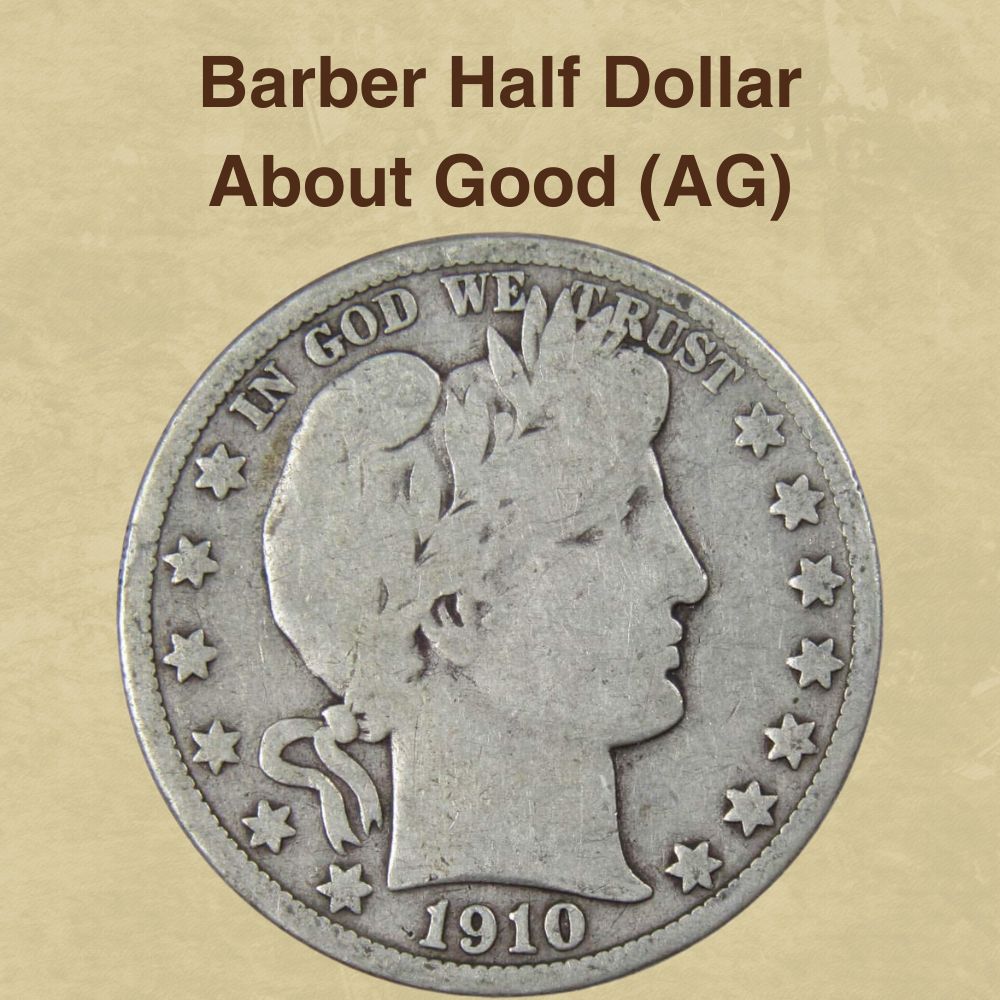
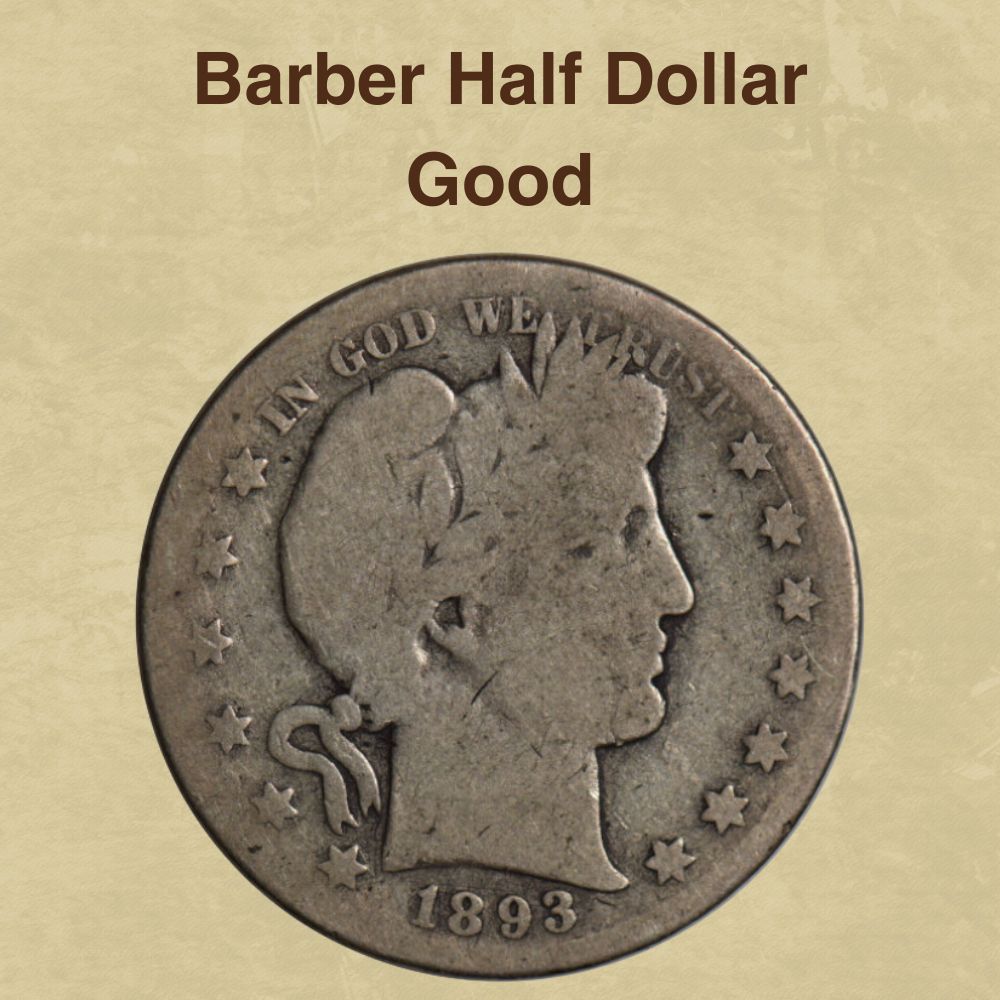
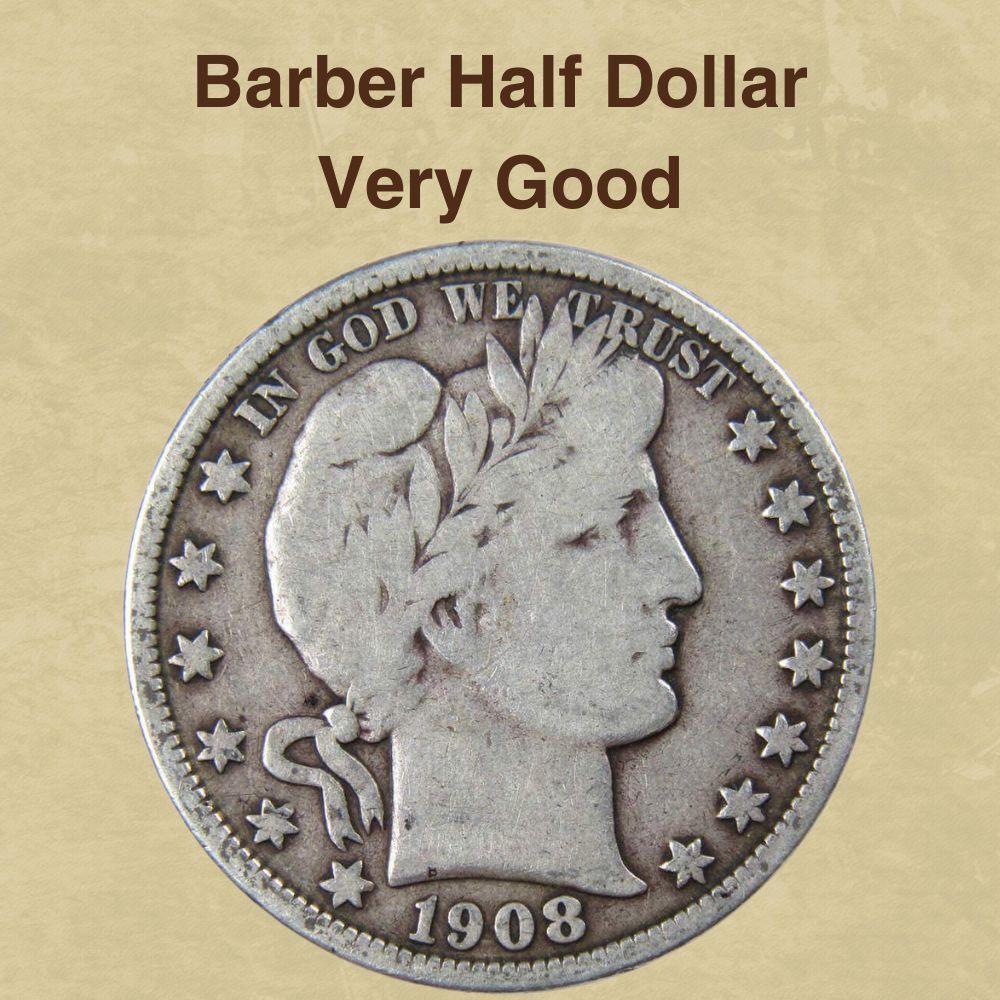
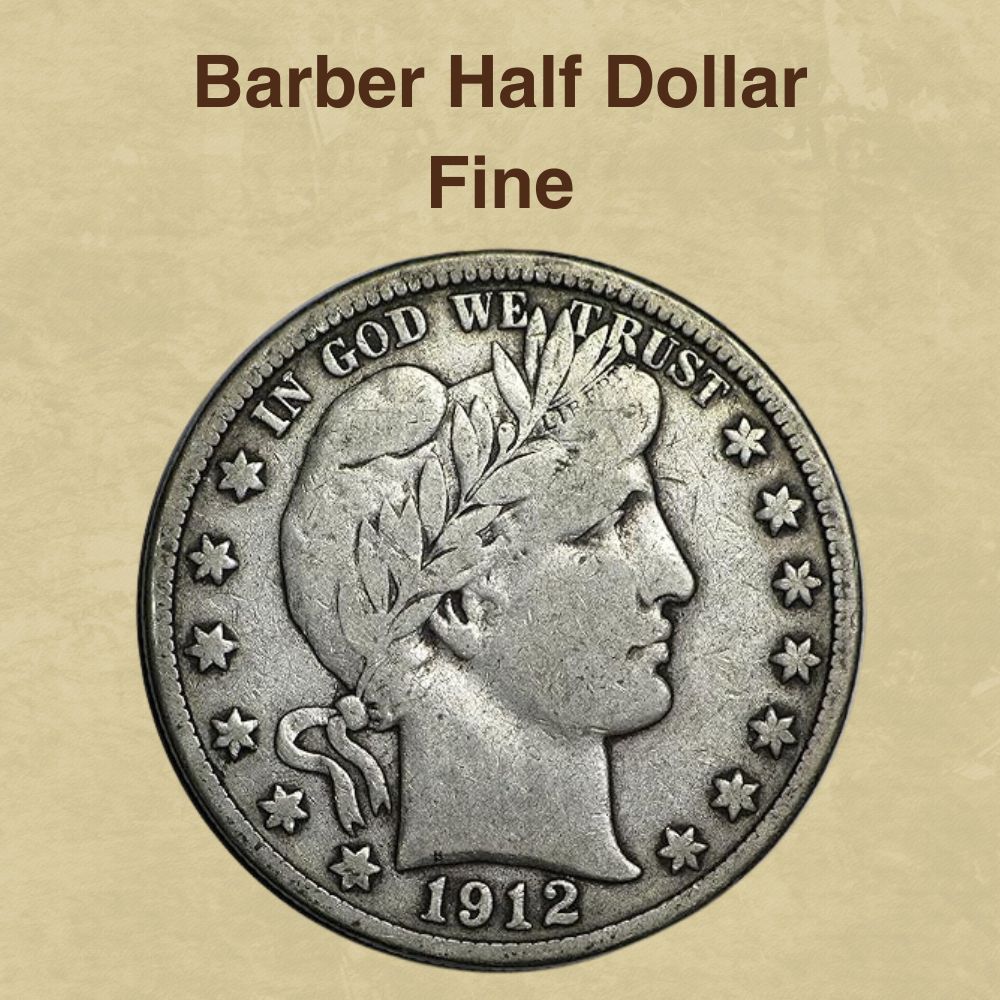
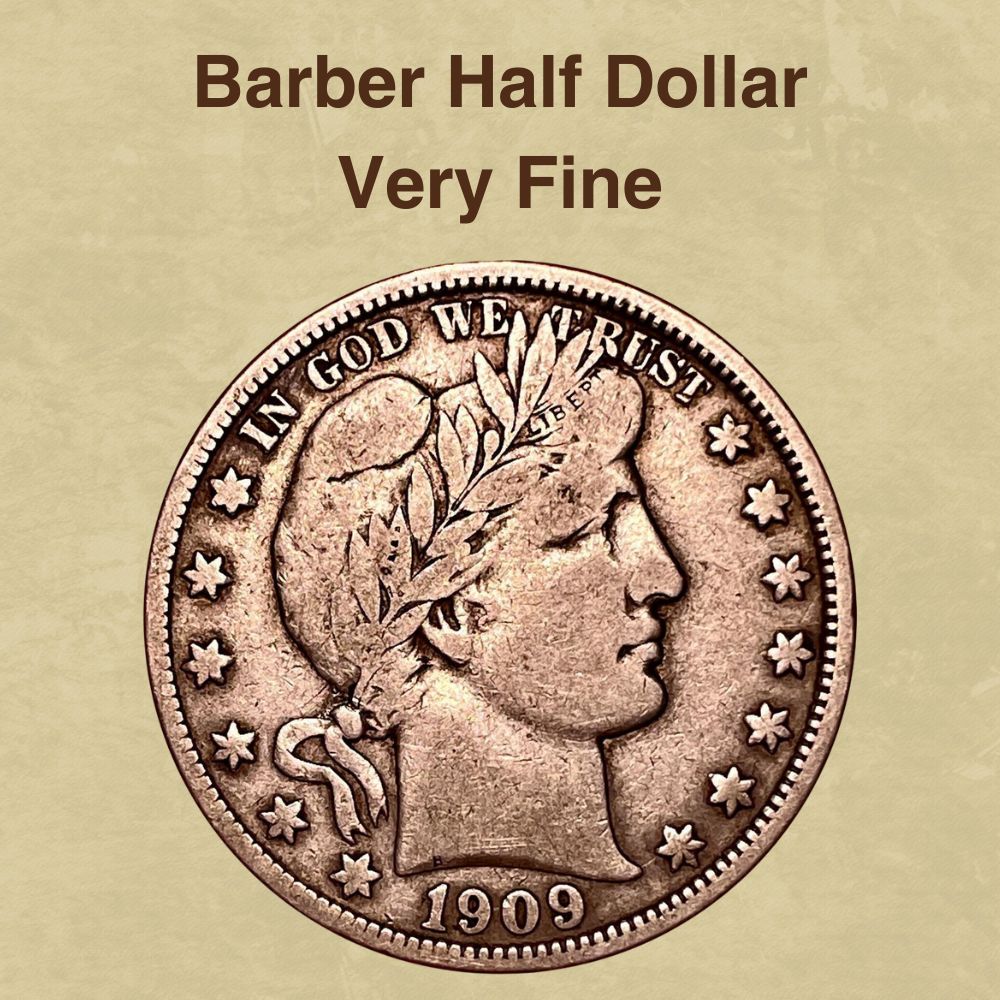
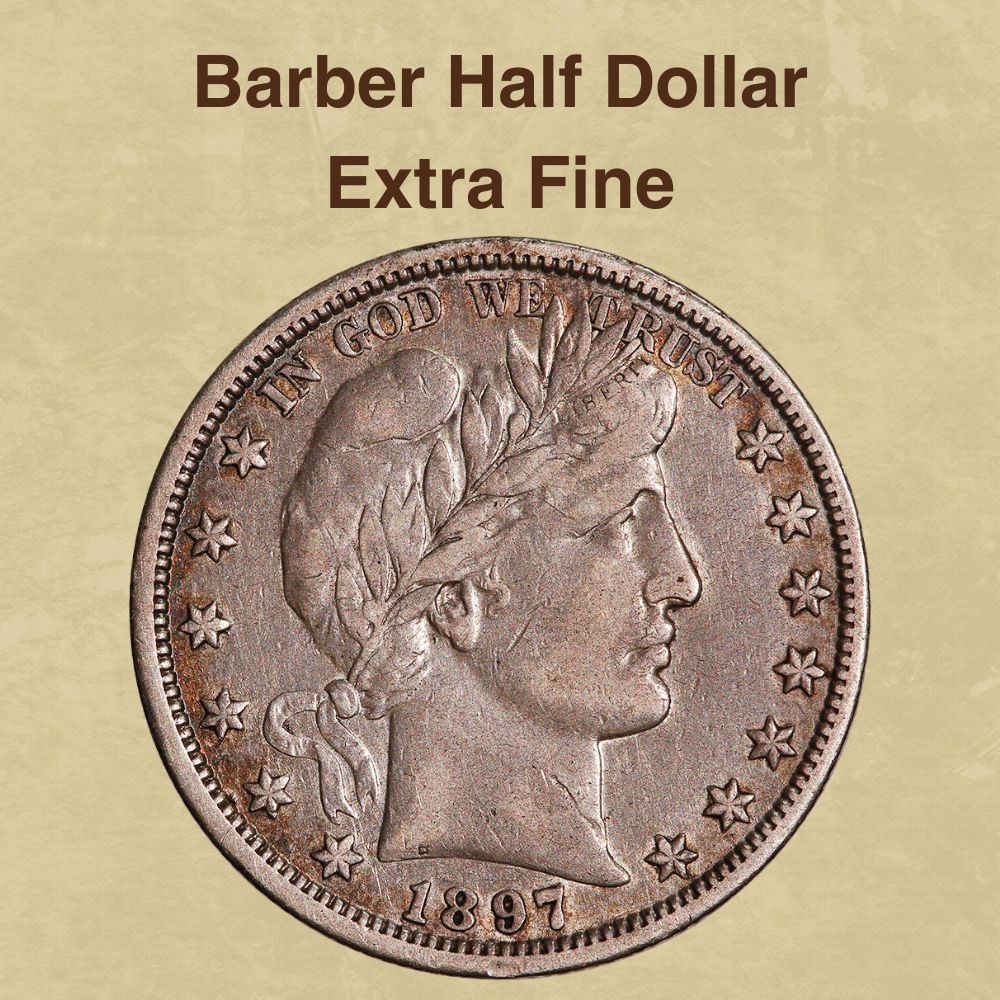
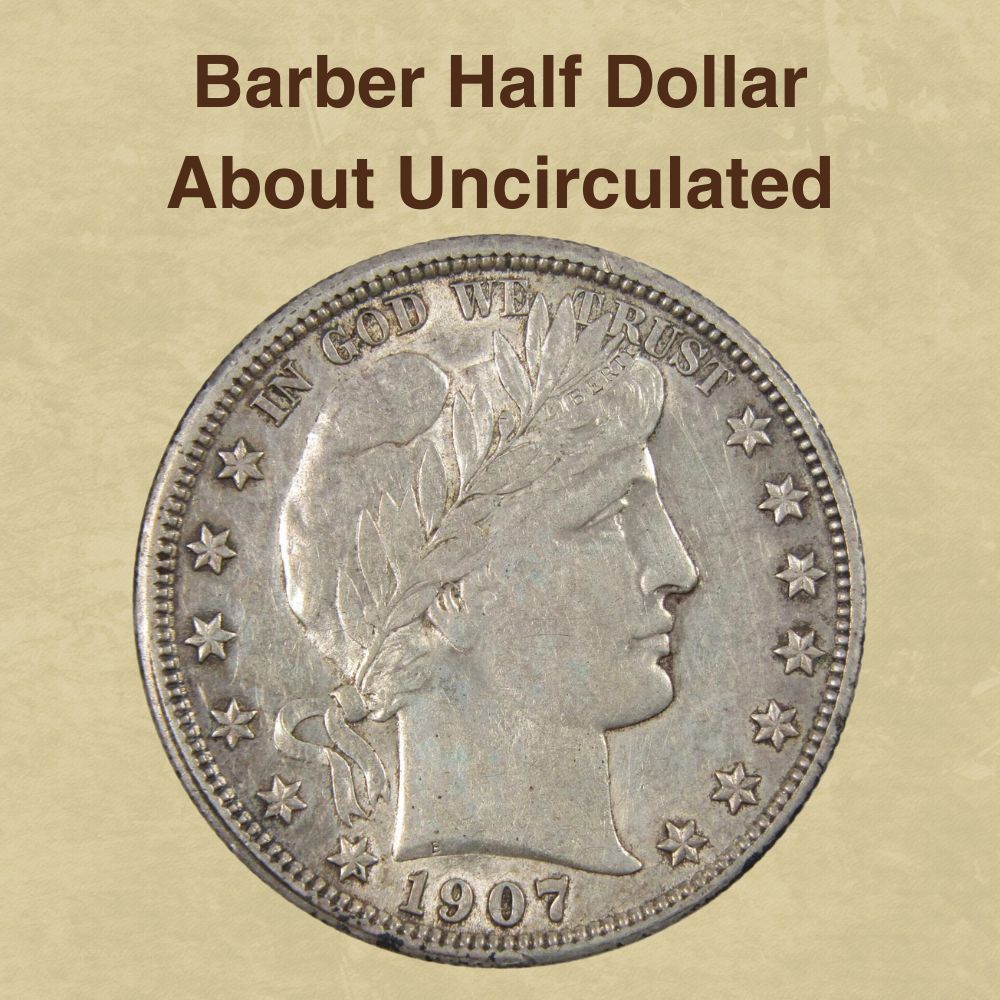
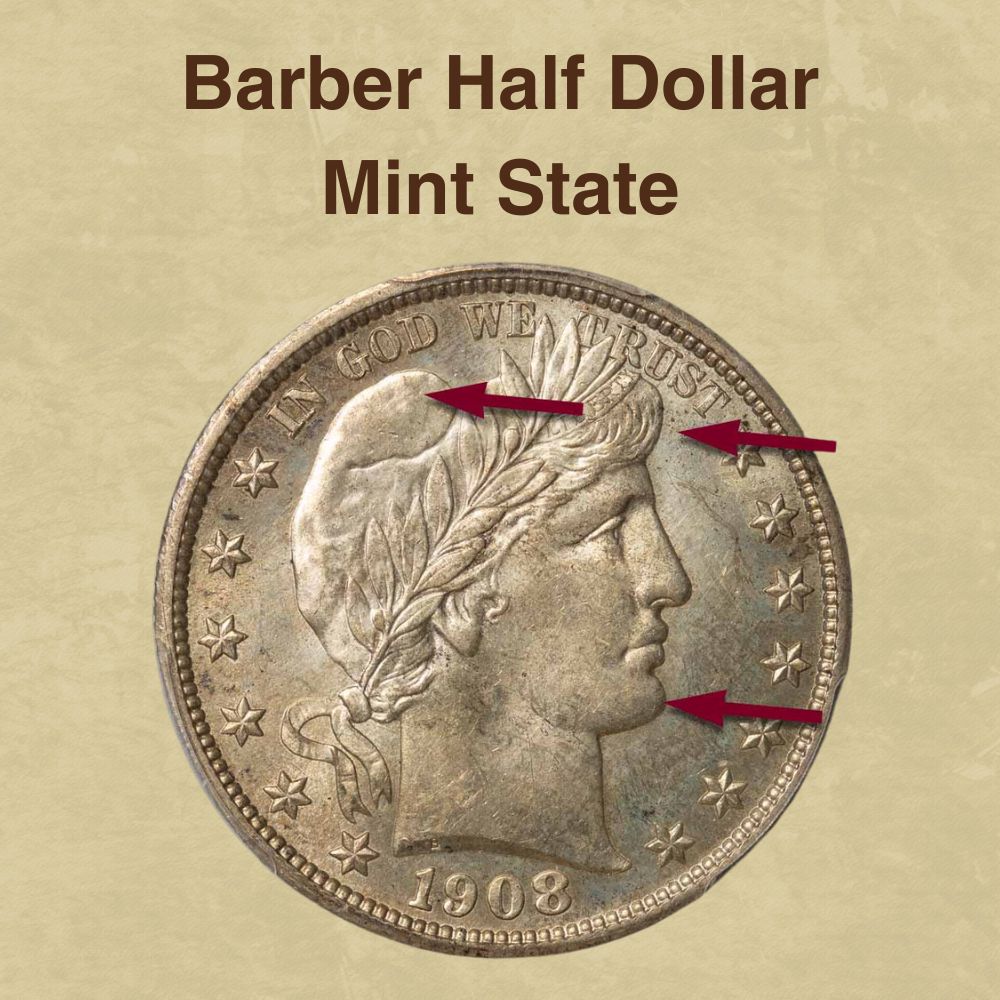
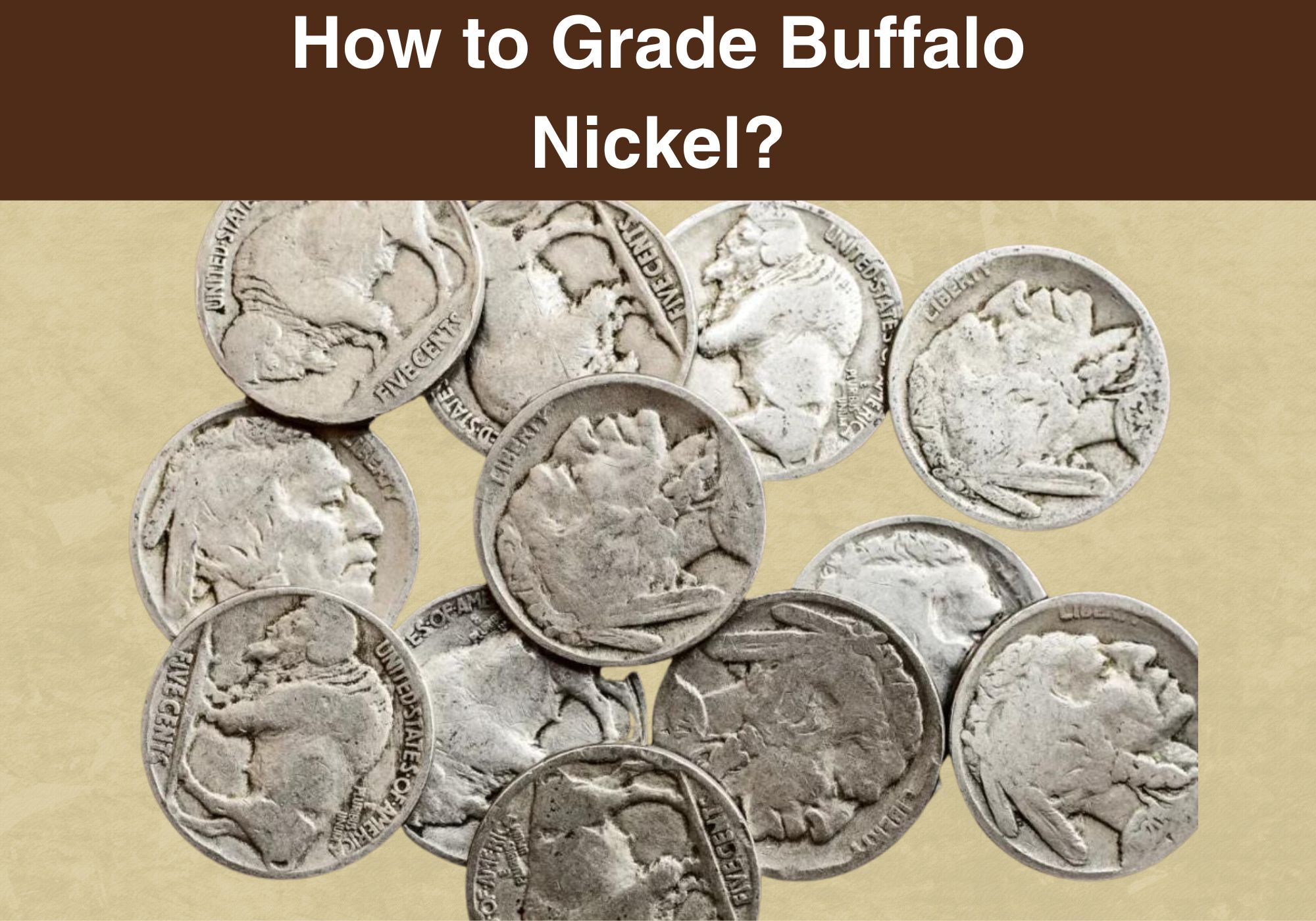
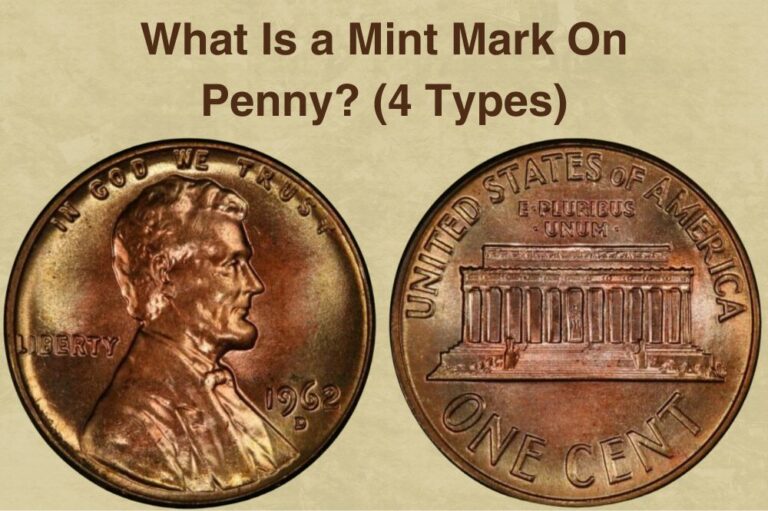
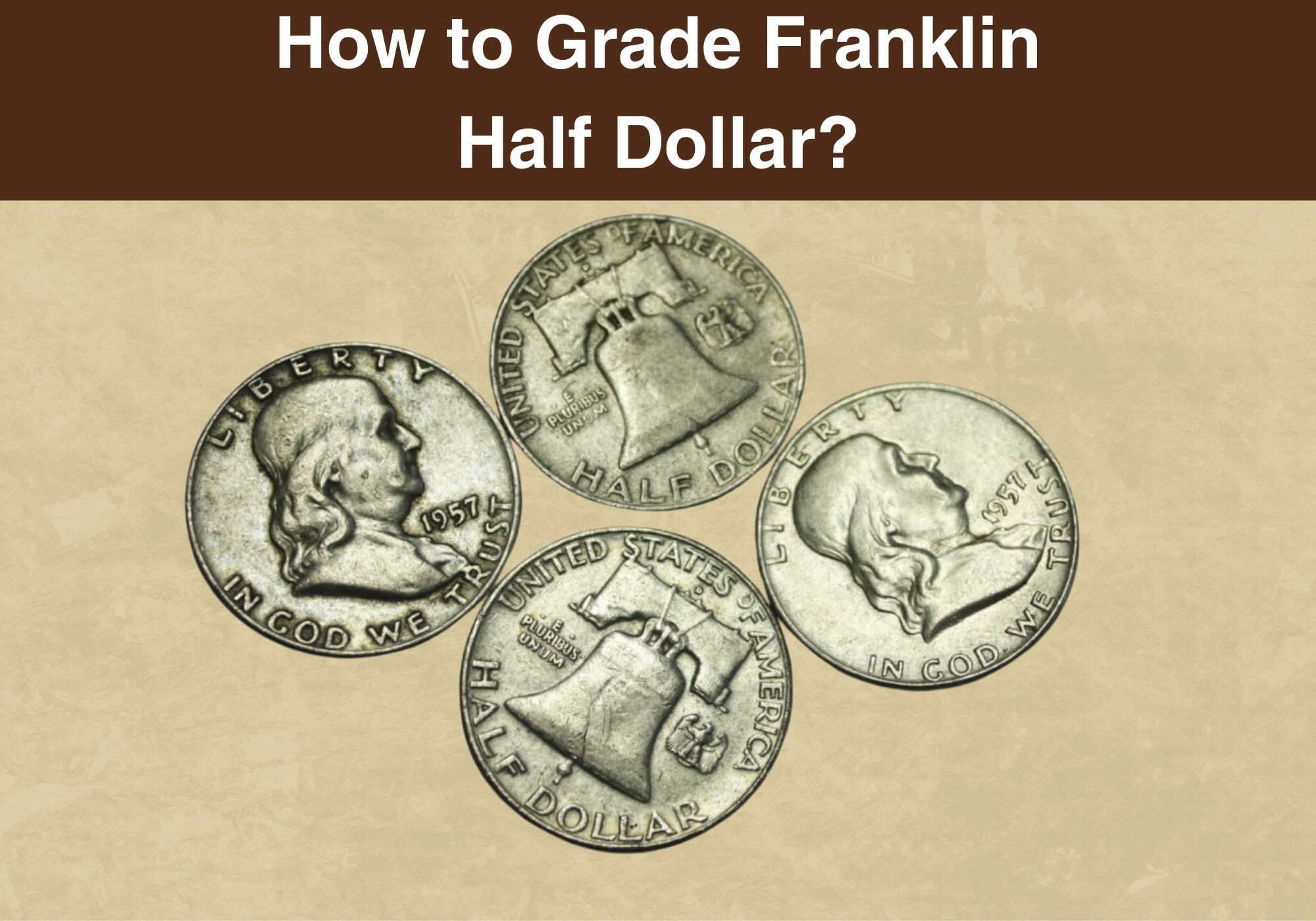
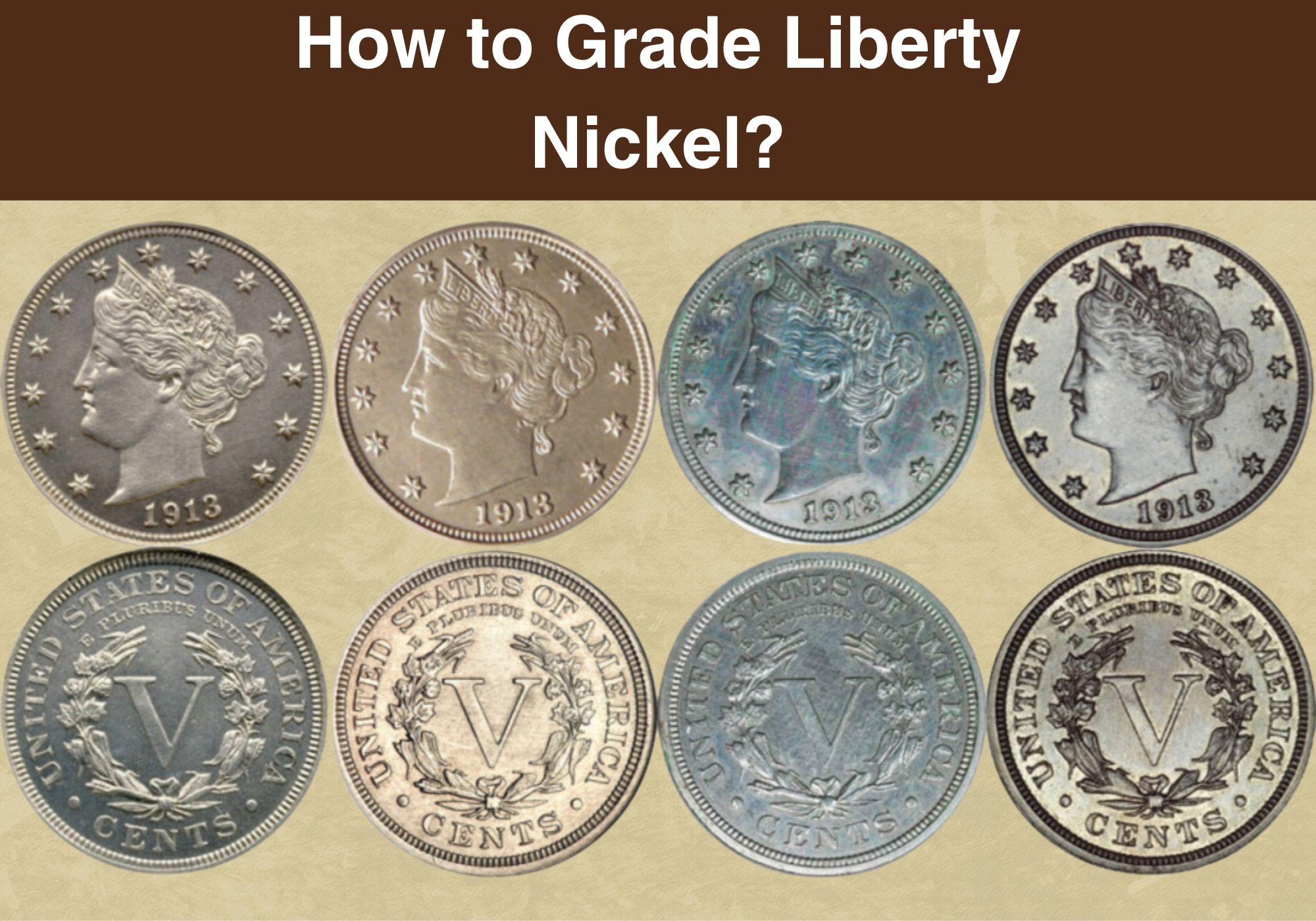
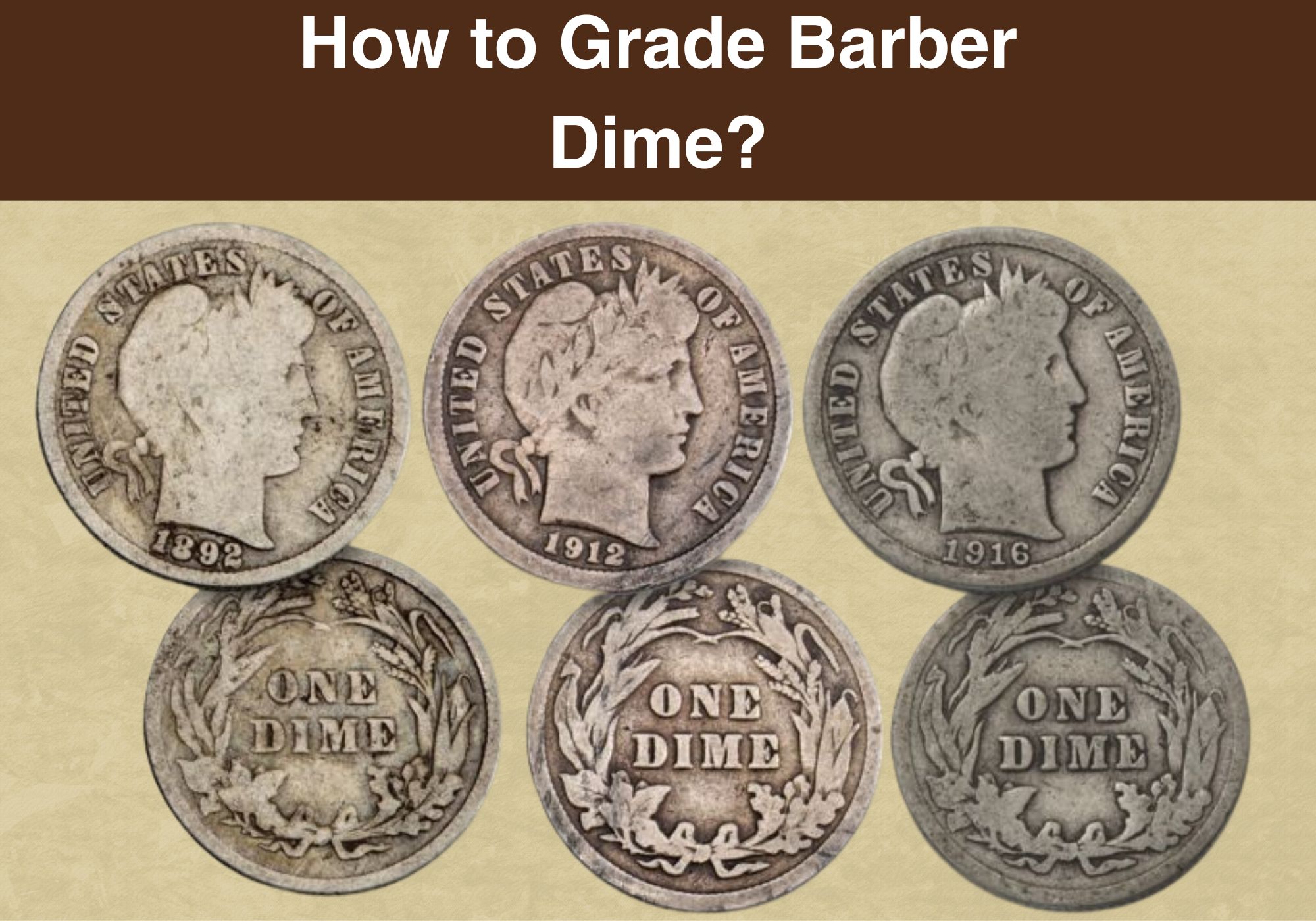
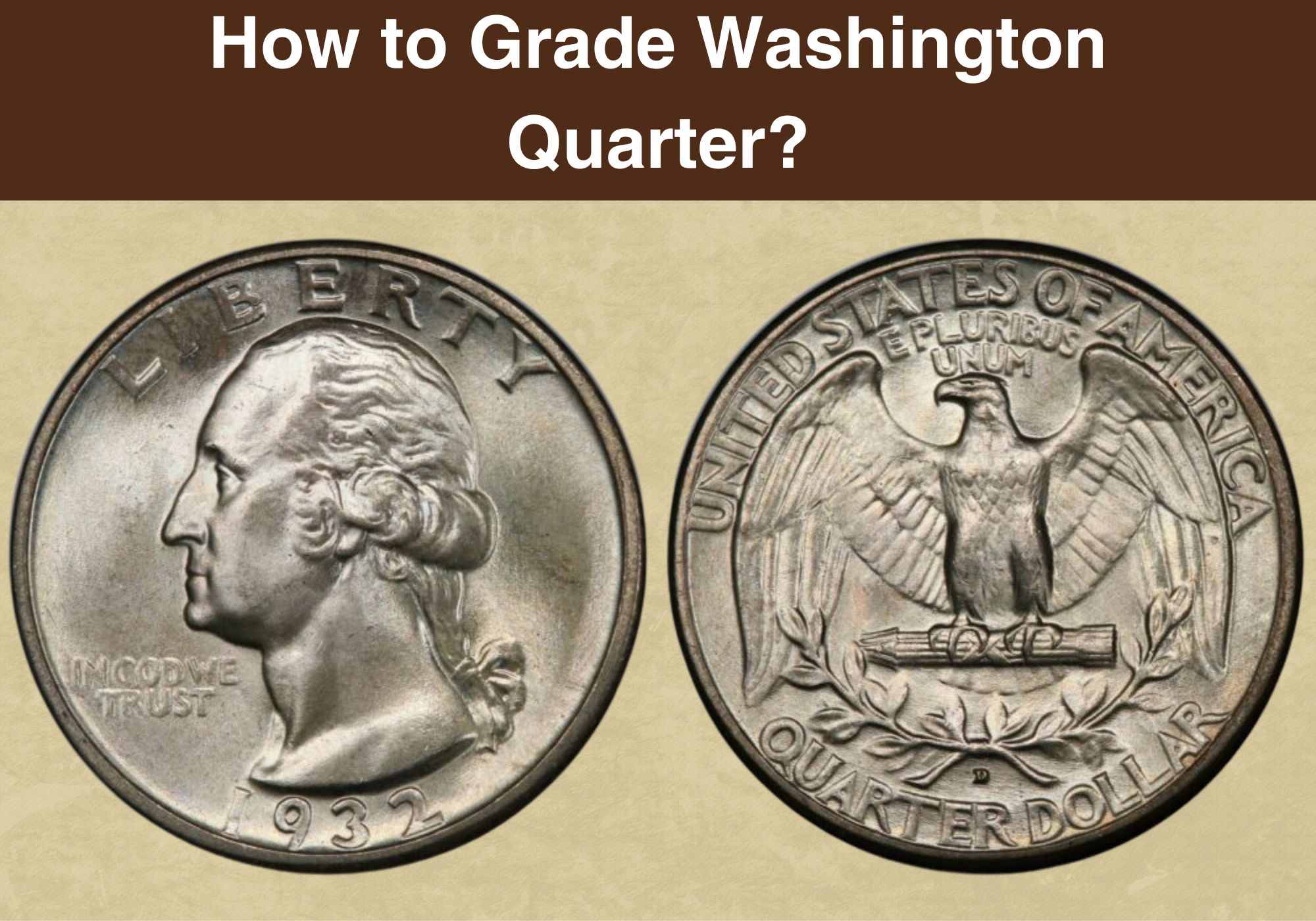
Good evening I have several coins that I’d like to get appraised one is a 1963 Ben Franklin half dollar in very good condition , a 1907 barber half dollar in good condition, an 1886 one dollar coin and a 1901 one dollar coin (very good and good respectively)